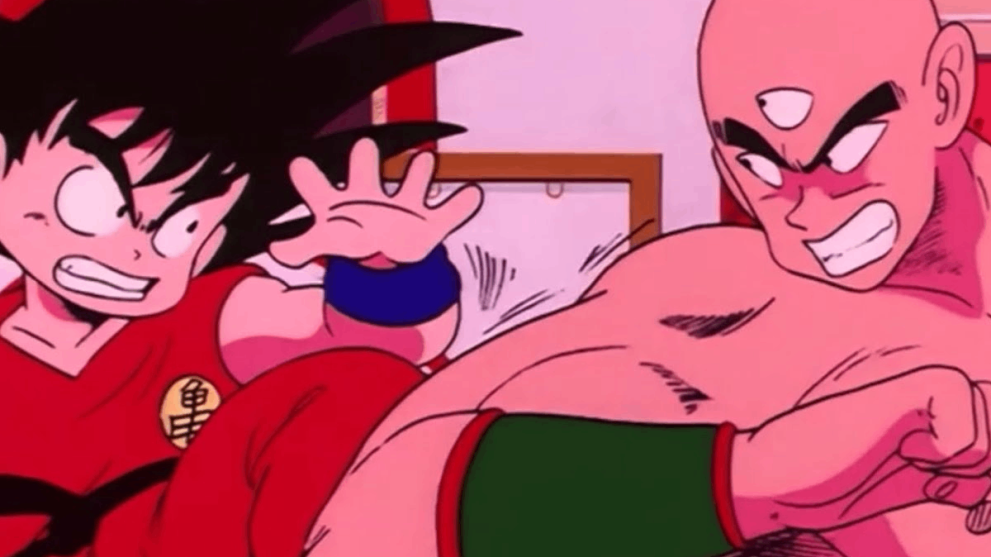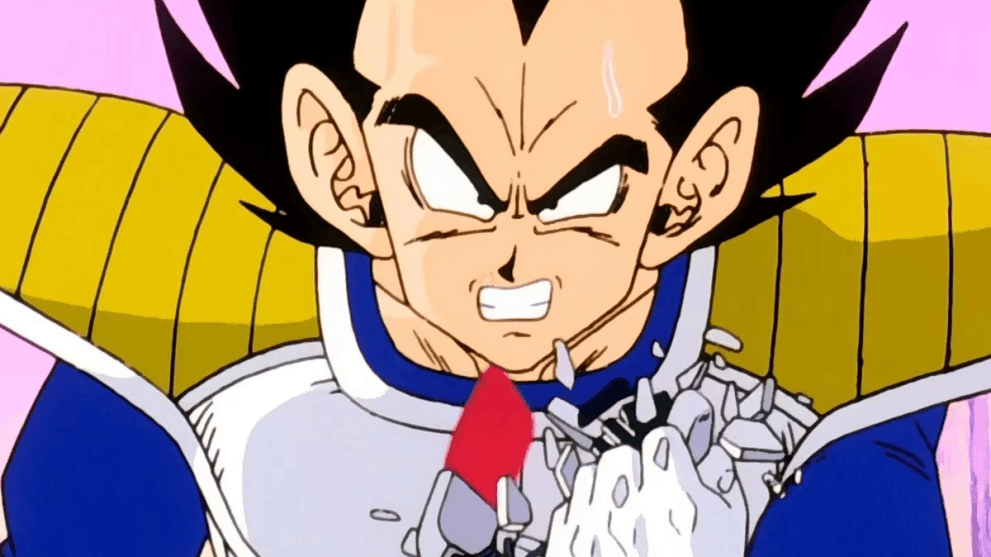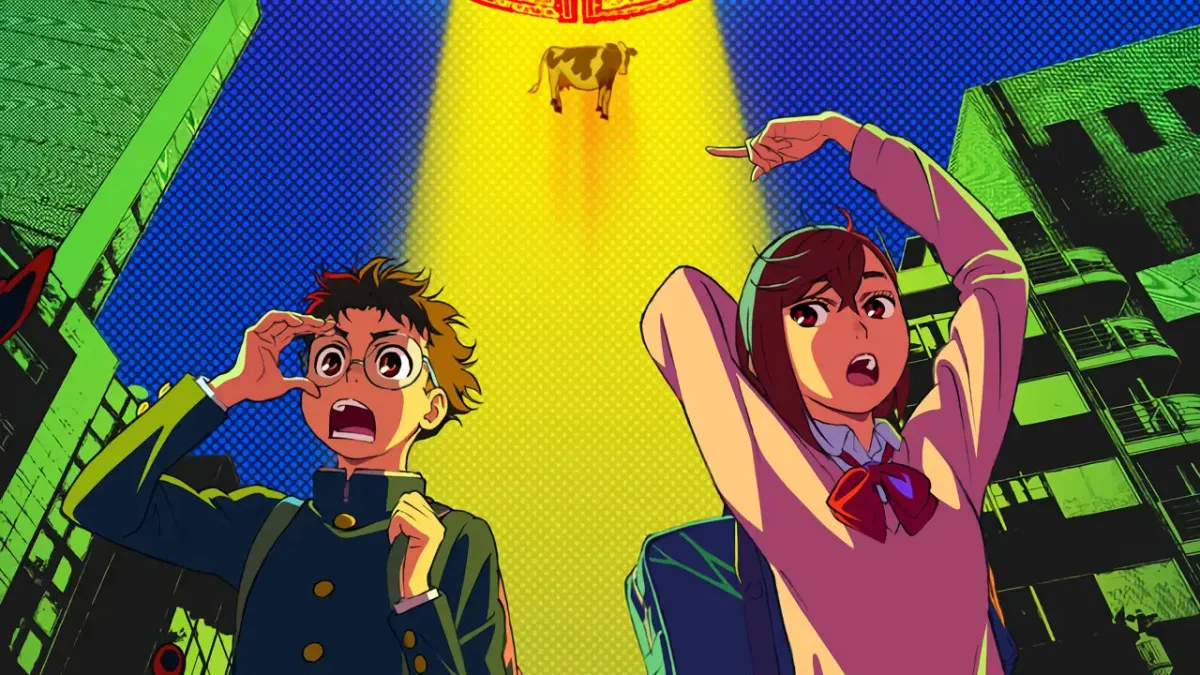Akira Toriyama was one of the most beloved and influential authors and artists in the world. It’s no exaggeration that Shounen would not be what it is today without him. While many of us take these tropes for granted, they wouldn’t be what they are today without Toriyama’s influence. Today, we’ll be paying our respects to Akira Toriyama by covering the legacy of 9 Shounen tropes he popularized.
Tournament Arcs in Shounen

Let’s start with the heavy hitters. The Tournament Arc has become a staple of most modern Shounen, and sometimes, we get an anime that is just one huge tournament arc. The World Martial Arts Tournament from Dragon Ball can be considered the grandfather of all Tournament Arcs.
We see tournaments take place in popular Shounen, like My Hero Academia, Jujutsu Kaisen, and Hunter x Hunter, to name a few. The Tournament Arc has become a beloved stage for some of the most hype anime moments of all time, and Toriyama helped pave the way.
Timeskips & Training Arcs

We’ll put both of these into a single package as they often serve one purpose. Dragon Ball Z was one of the first mangas to feature a massive Time Skip. Jumping from Kid Goku to Adult Goku was something fans didn’t expect. Since then, we’ve seen iconic Time Skips from manga such as Naruto Shippuden, Boruto, Fairy Tail, and One Piece, to name a few. Time Skips serve as the perfect opportunity to power up characters, give them new designs, and revamp the worldbuilding.
Training Arcs serve a similar purpose but to a lesser degree. Son Goku’s training arcs in Dragon Ball show the protagonist practice and power-up enough to take on foes that were previously unbeatable. Since then, training arcs have become yet another staple of modern Shounen and serve as the most reliable trope to power up characters.
The Iconic Transformation Trope

The Super Saiyan is arguably the most iconic transformation in all of anime, and nothing seems to come close. Further transformations such as Super Saiyan 2 and 3 also fit this category. These transformations and their radical changes to the character’s appearance alongside their power level boosts still serve as the go-to template for modern Shounen transformations. Even now, Dragon Ball Super’s Ultra Instinct and Ultra Ego manage to somehow keep the tradition fresh and impactful.
Not to mention, even the design choices, such as the transformation auras, are something that the rest of the industry co-opted from Akira Toriyama’s work. Look outside anime, and you’ll see the influence extend to properties such as Sonic the Hedgehog, and Tekken. This just goes to show how far-reaching the influence of Toriyama’s art style was. He laid the foundation for some of the most iconic transformations in all media, and we can even see his influence in gaming.
Beam Battles & Planet Busting Action

Similar to its transformations, the beam battles in Dragon Ball are also extremely iconic and are still being replicated to this day, even in blockbuster action movies. While other Shounen at the time also had action, none had power levels that soared to ridiculous levels besides Gundam.
The choreography and battle tempo set by Akira Toriyama became the industry standard for battle shounen. There’s just something incredibly satisfying about breakneck action that mixes hand-to-hand combat and ranged blast attacks between two absurdly powerful beings.
The Villain’s Strongest Form Looks Human

When you look at the most iconic Dragon Ball Z villains, such as Frieza, Cell, and Buu, you’ll notice a trend where their final forms tend to be humanoid. These forms are generally faster than their bulkier counterparts and hit harder than the speed-based forms. Most importantly, humanoid forms are more comprehensible to the viewers and make the villains that much more scary.
Since then, it’s not uncommon to see various villains in modern anime slowly transform from strange monsters and concepts into their most dangerous humanoid final forms.
Measuring Power Levels Consistently

With Dragon Ball Z, Toriyama introduced the concept of numerical power levels via the Scouters. This allows us to categorize all the characters and their feats to a numerical value and figure out how matchups between fighters would go. Combat was no longer just a matter of technique, sometimes power level gaps would mean certain defeat. Many other series also implemented clear-cut power categories such as ranks, classes, and numerical values. These are often used to hype up character growth and enemy power levels to great effect in most Shounen.
They’re also what led to the birth of possibly the largest and most dedicated power scaling community. The Dragon Ball power scaling community is massive and debates based on these recorded power levels and feats happen every single day even now. It really goes on to show how much Toriyama managed to make people care about these characters and their power levels.
Power Levels Cannot Be Measured Actually

Now that we’ve established how Dragon Ball Z pioneered power levels and a lot of power-scaling debates, let’s also look at how Akira Toriyama eventually threw these out of the window. When we get to the later arcs and especially to Dragon Ball Super, winning a battle is no longer just a matter of strength. Sometimes factors such as will and spirit end up playing a much larger role.
When we look at Shounen that don’t care as much about concrete power scaling, we see this trend emerge a lot more often nowadays. The ‘power of friendship’ or factors such as anger and compassion are all used as alternatives to consistent power levels.
Dumb Lovable Protagonist With an Appetite & a Single Focus

Goku is the best-known anime character in the entire world and not many would disagree with this sentiment. However, not only is he incredibly popular, but he also serves as the blueprint for many shounen protagonists who come after him. You look at characters like Luffy from One Piece, Natsu from Fairy Tail, and Toriko, and the parallels to Goku are incredibly obvious.
The protagonist is someone focused on becoming the strongest while being a bit of an idiot who cares about his friends a lot and is willing to be the hero everyone needs when the situation gets dire. Most shounen protagonists usually have at least one or two of Goku’s defining traits.
The Rival Shounen Trope

While Goku is already iconic in his own right, a lot of people ignore and underplay Vegeta and how much of an influence that character has had on anime. The rival character with tons of talent who goes down a path of evil but is eventually redeemed and ultimately chases the hero is something we see in a lot of anime nowadays. You can even take examples as far back as Sasuke from Naruto or more recent ones like Bakugo from MHA.
That concludes our list of some of the most iconic Shounen Tropes that were popularized by Toriyama-sensei. We’re lucky that he was there to define some of the most bread and butter shounen tropes that we continue to enjoy in a lot of our favourite anime nowadays. He was truly a legend who helped shape and define our era.





Published: Mar 13, 2024 06:42 am